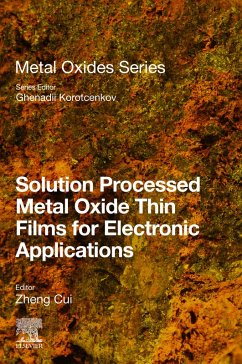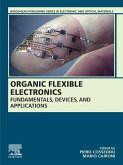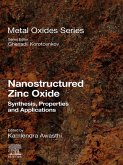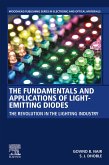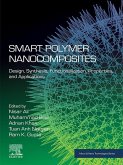Solution Processed Metal Oxide Thin Films for Electronic Applications discusses the fundamentals of solution processing materials chemistry techniques as they are applied to metal oxide materials systems for key device applications. The book introduces basic information (materials properties, materials synthesis, barriers), discusses ink formulation and solution processing methods, including sol-gel processing, surface functionalization aspects, and presents a comprehensive accounting on the electronic applications of solution processed metal oxide films, including thin film transistors, photovoltaic cells and other electronics devices and circuits.
This is an important reference for those interested in oxide electronics, printed electronics, flexible electronics and large-area electronics.
This is an important reference for those interested in oxide electronics, printed electronics, flexible electronics and large-area electronics.
- Provides in-depth information on solution processing fundamentals, techniques, considerations and barriers combined with key device applications
- Reviews important device applications, including transistors, light-emitting diodes, and photovoltaic cells
- Includes an overview of metal oxide materials systems (semiconductors, nanomaterials and thin films), addressing materials synthesis, properties, limitations and surface aspects
Dieser Download kann aus rechtlichen Gründen nur mit Rechnungsadresse in A, B, BG, CY, CZ, D, DK, EW, E, FIN, F, GR, HR, H, IRL, I, LT, L, LR, M, NL, PL, P, R, S, SLO, SK ausgeliefert werden.

